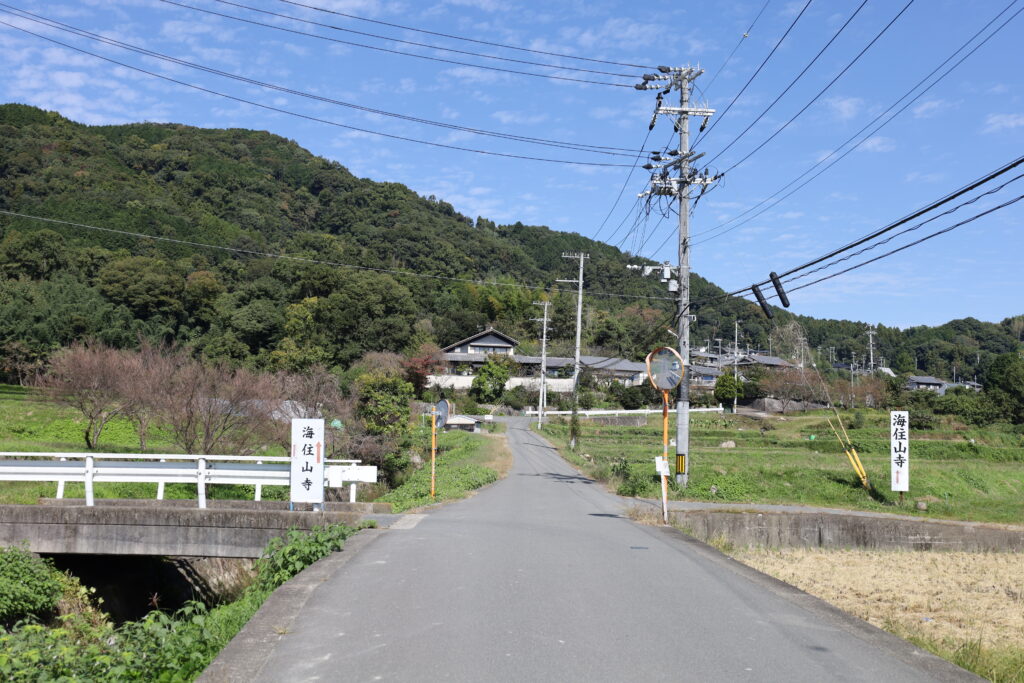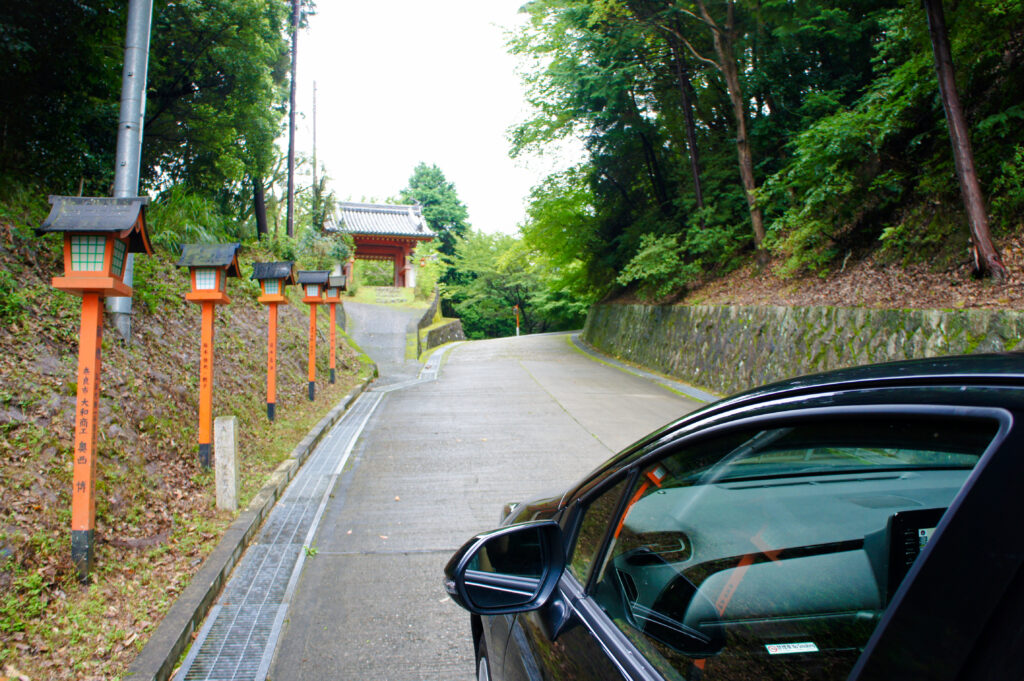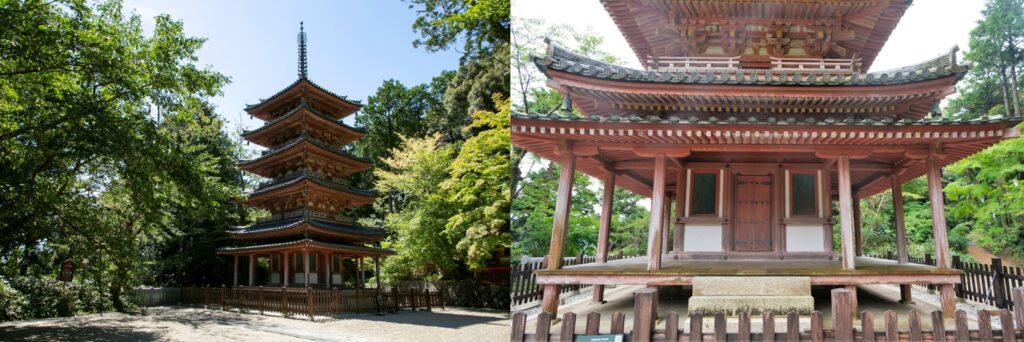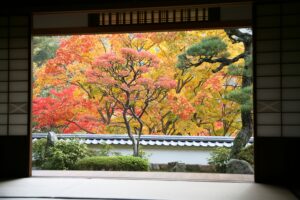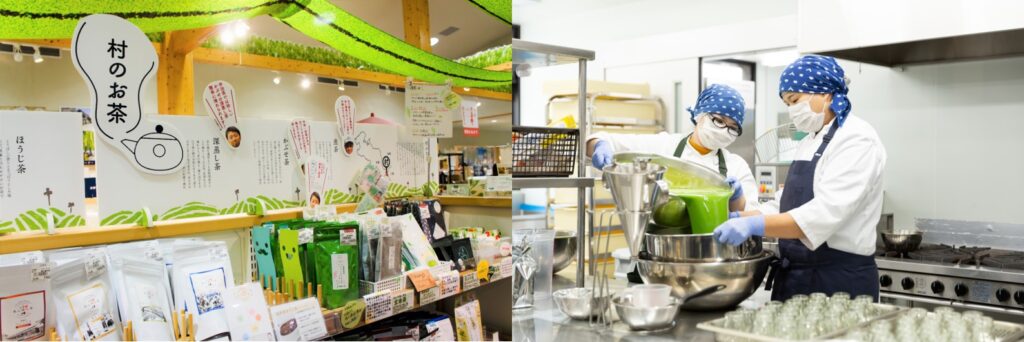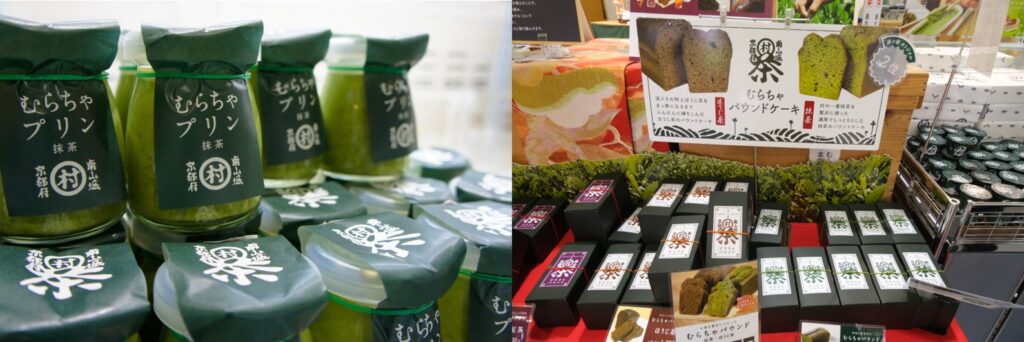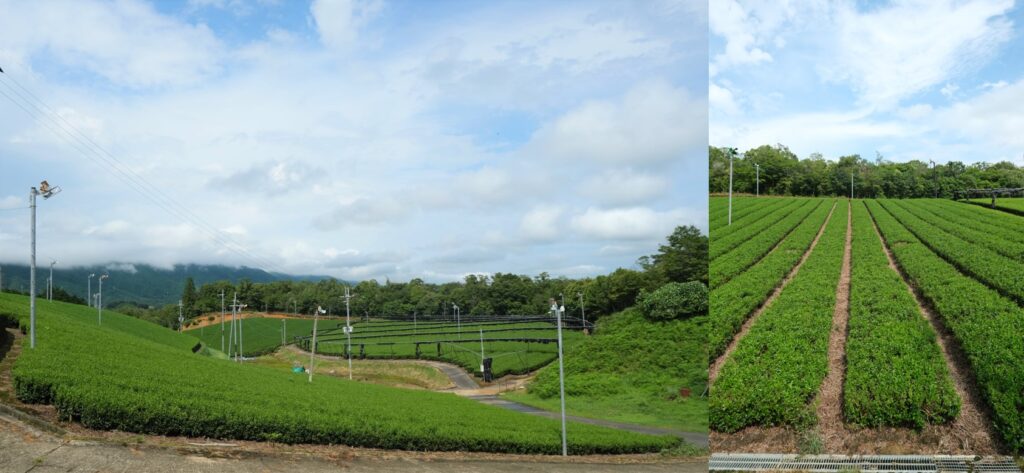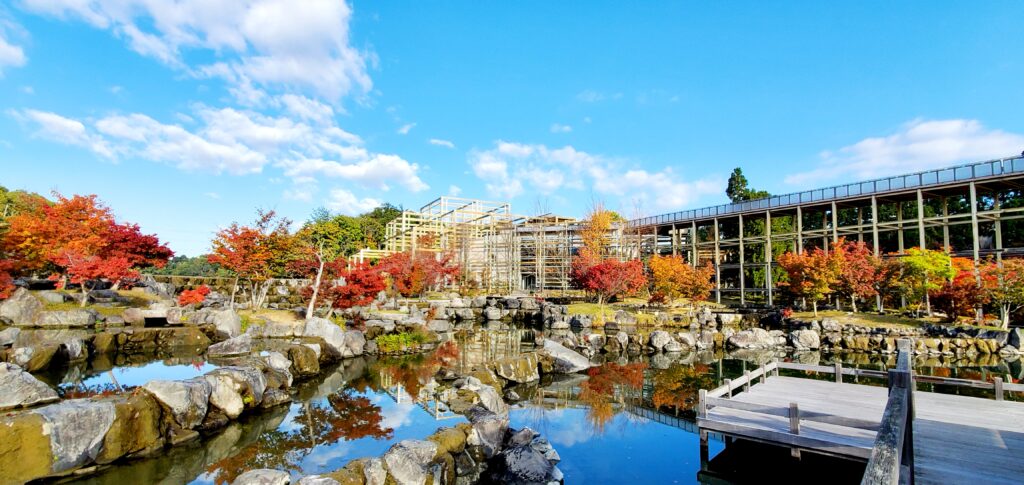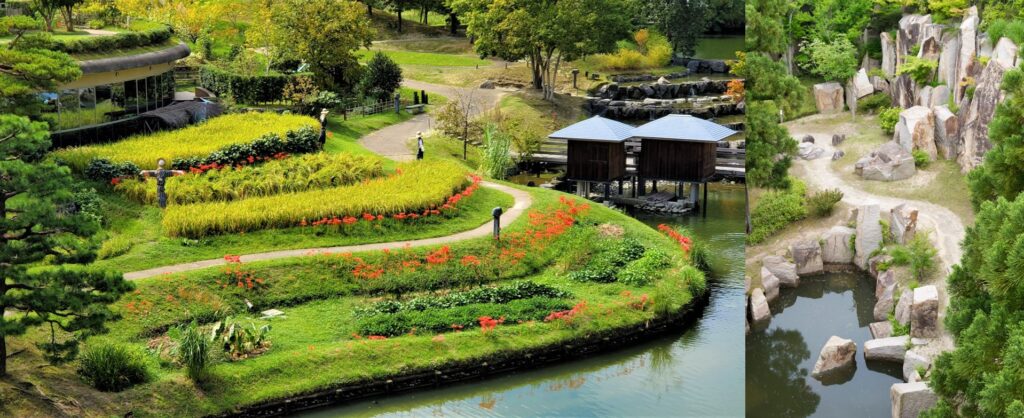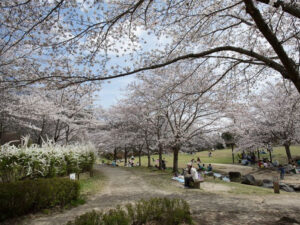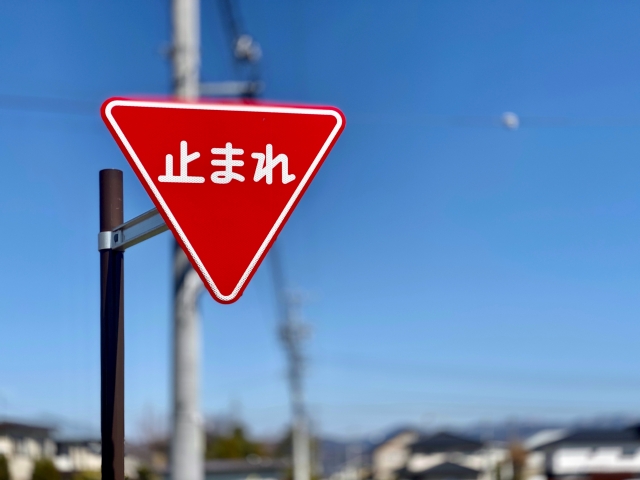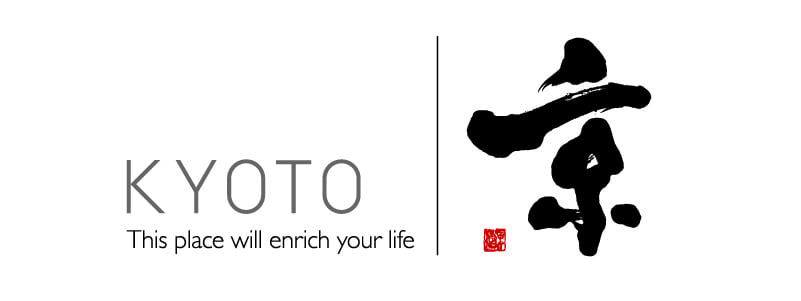Recommended Route for a Day Trip to Kyoto Tea Country
9:00 a.m. Rent a car and depart from Kyoto City. (For details, see the car rental guide at the end of the article.)
→ Exit at the Seika Shimogoma Interchange on Keinawa Expressway via Daini Keihan Road, and drive approximately 1 hour toward Kaijusen Temple via the national highway.
1. Kaijusen-ji Temple (10:00 a.m. – 11:00 a.m.)
→ Approximately 35 minutes by car to Minamiyashiro Village Michi-no-Eki Roadside Station
2. Minamiyashiro Village Michi-no-Eki Roadside Station (11:35 a.m. – 1:00 p.m.)
→ Approximately 10 minutes by car to Takayama Dam
3. Takayama Dam + Tayama Tsurugi Tea Fields (1:10 p.m. – 2:00 p.m.)
→ Approximately 10 minutes by car to Koishidani Shrine
4. Koshidani Shrine + Koiji Bridge (2:10 p.m. – 2:40 p.m.)
→ About 40 minutes by car to Keihanna Memorial Park
5. Keihanna Commemorative Park (3:20 p.m. – 5:00 p.m.)
→ Return to Kyoto City by way of the Keinawa Expressway and Daini Keihan Road, and return the car (about one hour).
After picking up your car at Kyoto Station, head south towards Kaijusen Temple, the first spot on our list. After driving for an hour, you’ll see a sign for Kaijusen Temple on the left side of National Highway 163. The road just in front of the entrance to Kaijusen Temple is narrower, and there are some steep slopes before you get in to the temple, so be sure to slow down and drive carefully. There are two parking lots at Kaijusan-ji Temple, both of which are available for free.
